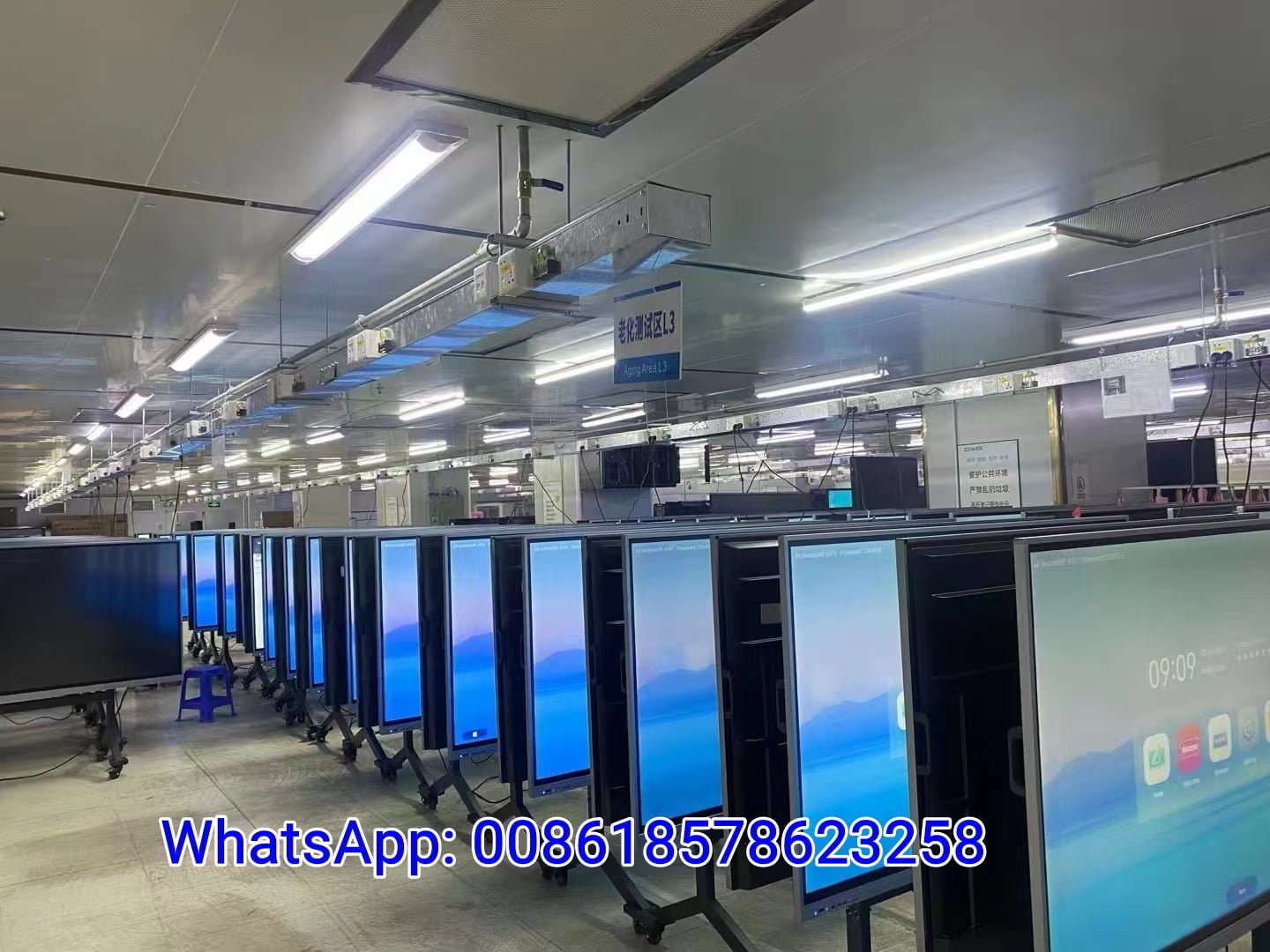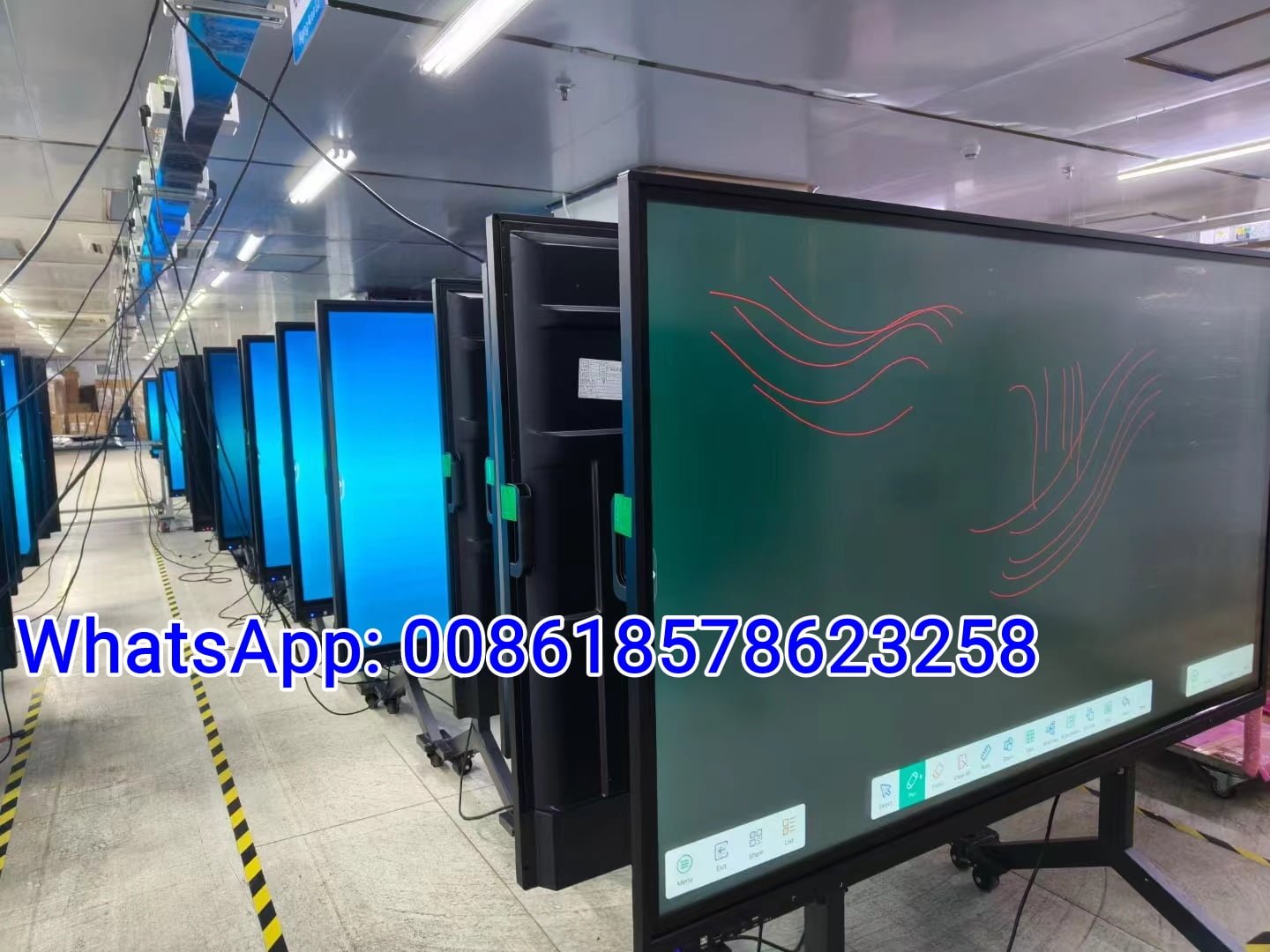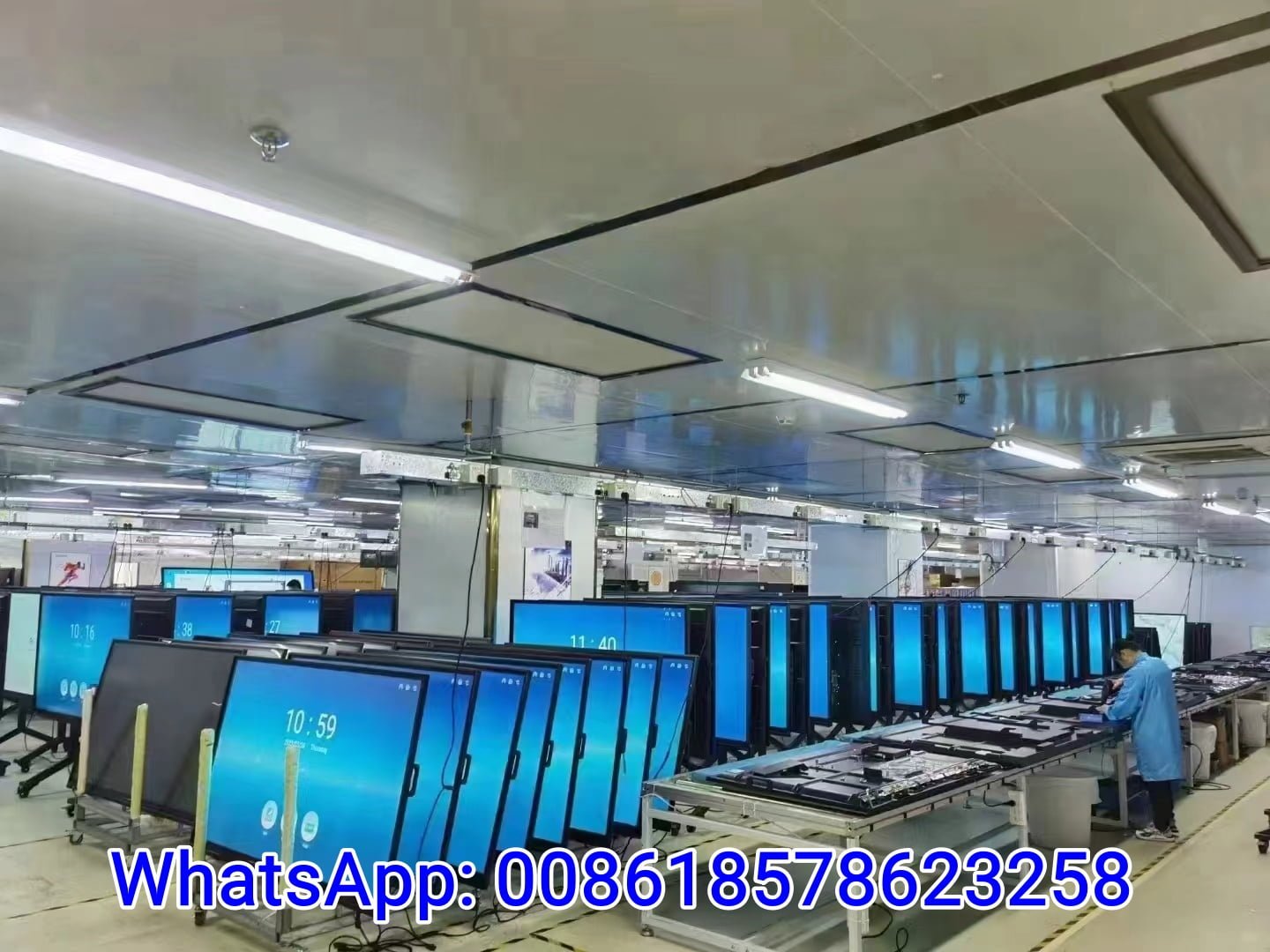How to Use A Smart Board in Classroom?
Using a Smart Board in the classroom can enhance interactive learning and engagement among students. Here’s a guide on how to effectively use a Smart Board:
1. Familiarize Yourself with the Equipment Understand Basic Functions: Make sure you know how to turn on/off the Smart Board, adjust volume, and connect to your devices (like a laptop or projector). Check Calibration: Ensure that the board is calibrated correctly so that touch inputs correspond accurately with the display.
2. Software Installation Install Necessary Software: Download and install the Smart Notebook software (or similar) on your computer to create and interact with lessons. Explore Software Features: Familiarize yourself with tools like drawing, annotation, and interactive games available within the software.
3. Prepare Engaging Lessons Create Interactive Presentations: Use Smart Notebook to design engaging lessons with multimedia elements such as images, videos, and animations. Incorporate Activities: Include interactive components such as polls, quizzes, and games to encourage student participation.

4. Utilize Multi-User Features Enable Collaborative Learning: Use the Smart Board’s multi-user capabilities to allow several students to work on the board simultaneously, which can foster teamwork and collaboration.
5. Incorporate Different Learning Styles Visual Learning: Use diagrams, charts, and videos to aid visual learners. Kinesthetic Learning: Allow students to physically engage with the content on the Smart Board by solving problems or brainstorming ideas together. Auditory Learning: Use audio elements to cater to auditory learners.
6. Utilize the Web Access Online Resources: Use the board to visit educational websites, access online tools, or watch relevant videos in real-time during your lessons. Real-Time Research: Encourage students to perform live searches on the board, promoting critical thinking and inquiry-based learning.
7. Encourage Student Interaction Student Presentations: Allow students to present their work or projects on the Smart Board, which can enhance their presentation skills. Interactive Games: Incorporate educational games that allow students to participate actively, such as quizzes or matching games.

8. Record and Save Lessons Save Notes and Lessons: Use the Smart Board’s capability to save notes and lessons for later review by students. Share Content: Provide access to saved materials electronically for students to revisit at home.
9. Technological Troubleshooting Be Prepared for Issues: Familiarize yourself with basic troubleshooting steps (e.g., recalibrating the board, checking connections) in case of technical difficulties during lessons.
10. Gather Feedback Ask for Student Input: After lessons, gather feedback from students about what worked well and what could be improved, helping you refine future lessons.
11. Professional Development Participate in Training: Attend workshops or training sessions to enhance your understanding and skills related to using Smart Boards effectively.

